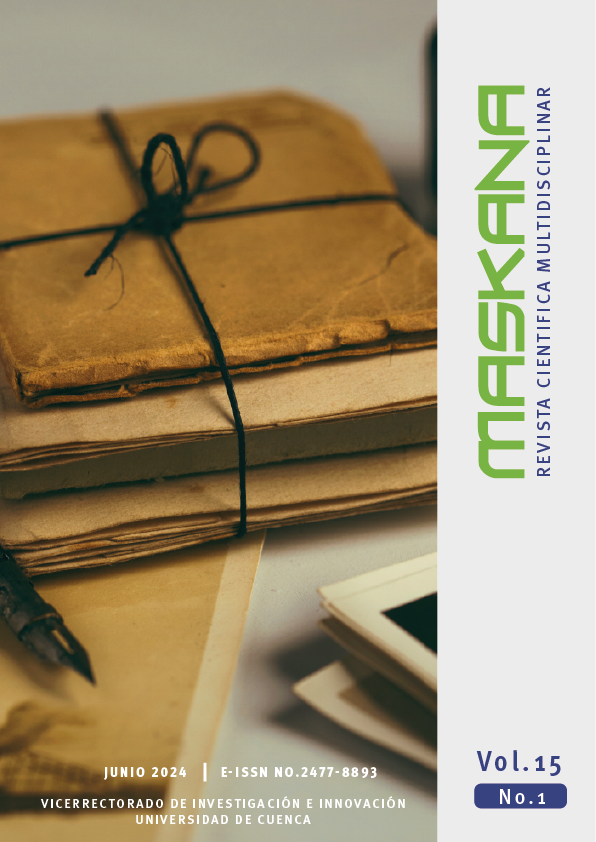Meanings of the nude: Pan Yuliang in Hua Hun (1994)
DOI:
https://doi.org/10.18537/mskn.15.01.05Keywords:
nude, self-portrait, subject, object, cinemaAbstract
Hua Hun (1994) is a biopic about the artist Pan Yuling, directed by Huang Shuqin. The film uses art to explore female agency. This article proposes an analysis of the treatment that both authors gave to the nude and the multiplicity of meanings that they attributed to it. To achieve this, their previous works (in painting and cinema) have been examined for thematic and aesthetic coincidences. Pan Yuliang’s portraits and self-portraits were tools for the construction of the female identity, which under Huang Shuqin’s interpretation, spin a narrative that represents the transgression of the object/subject dynamic, transforming their creator into both and neither, which results in the restitution of her full artistic and personal autonomy.
Downloads
Metrics
References
Chau, A. (2023). Paris and the Art of Transposition. Early Twentieth Century Sino-French Encounters. University of Michigan Press.
Cui, S. (2016). Gendered Bodies. Toward a Women’s Visual Art in Contemporary China. University of Hawai’I Press.
Cui, S. (2023). Female and Feminism: A Historical Overview of Women and Art in China. MODOS: Revista de História da Arte, 7(2), 301-334. https://doi.org/10.20396/modos.v7i2.8672939
Gaojie, P. (2022). Art practices of the Chinese women diaspora: On cultural identity and gender modernity. Journal of Contemporary Chinese Art, 9(1-2), 45-68. https://doi.org/10.1386/jcca_00055_1
Jinhua, D. (1995). Invisible Women: Contemporary Chinese Cinema and Women’s Film. Positions 3(1), 255-280. https://doi.org/10.1215/10679847-3-1-255
Lefebvre, E. (2018). Song of Spring: Pan Yu-lin in Paris. Asia Society Hong Kong Center.
Li, X. (2011). The Voice of History and the Voice of Women: A Study of Huang Shuqin’s Women’s Films en L. Wang (Ed.), Chinese Women’s Cinema: Transnational Contexts (pp. 113-132). Columbia University Press.
Lipcen, E. (2012). Cuerpo y resistencia. Agamben crítico de Foucault. Estudios de Biopolítica, 12, 223-233.
Ng, S. (2019). The Art of Pan Yuliang: Fashioning the Self in Modern China. Woman’s Art Journal, 40(1), 21-31. https://www.jstor.org/stable/26746738
Teo, P. (2010a). Maternal Ambivalence in Pan Yuliang’s Paintings. Yishu. Journal of Contemporary Chinese Art, 9(3), 34-47. https://yishu-online.com/browse-articles/?393
Teo, P. (2010b). Modernism and Orientalism: The Ambiguous Nudes of Chinese Artist Pan Yuliang. New Zeland Journal of Asian Studies, 12(2), 65-80.
Wang, L. (2021). Revisiting Women’s Cinema: feminism, socialism and mainstream culture in modern China. Duke University Press.
Woolf, V. (1929). A Room of One’s Own. Fall River Press.
Xiaoqin, Z., Arus, H. B. B. H. M. (2019). Intergradation of Eastern and Western Art: An Analysis of Pan Yuliang’s Paintings and their Significance. International Journal of Academic Research in Business & Social Sciences, 9(12), 384-393. https://hrmars.com/papers_submitted/6735/Intergradation_of_Eastern_and_Western_Art_An_Analysis_of_Pan_Yuliangs_Paintings_and_their_Significance2.pdf
Published
How to Cite
Issue
Section
License
Copyright (c) 2024 Guillermo González Hernández

This work is licensed under a Creative Commons Attribution-NonCommercial-ShareAlike 4.0 International License.
Copyright © Autors. Creative Commons Attribution 4.0 License. for any article submitted from 6 June 2017 onwards. For manuscripts submitted before, the CC BY 3.0 License was used.
![]()
You are free to:
 |
Share — copy and redistribute the material in any medium or format |
 |
Adapt — remix, transform, and build upon the material for any purpose, even commercially. |
Under the following conditions:
 |
Attribution — You must give appropriate credit, provide a link to the licence, and indicate if changes were made. You may do so in any reasonable manner, but not in any way that suggests the licenser endorses you or your use. |
| No additional restrictions — You may not apply legal terms or technological measures that legally restrict others from doing anything the licence permits. |









